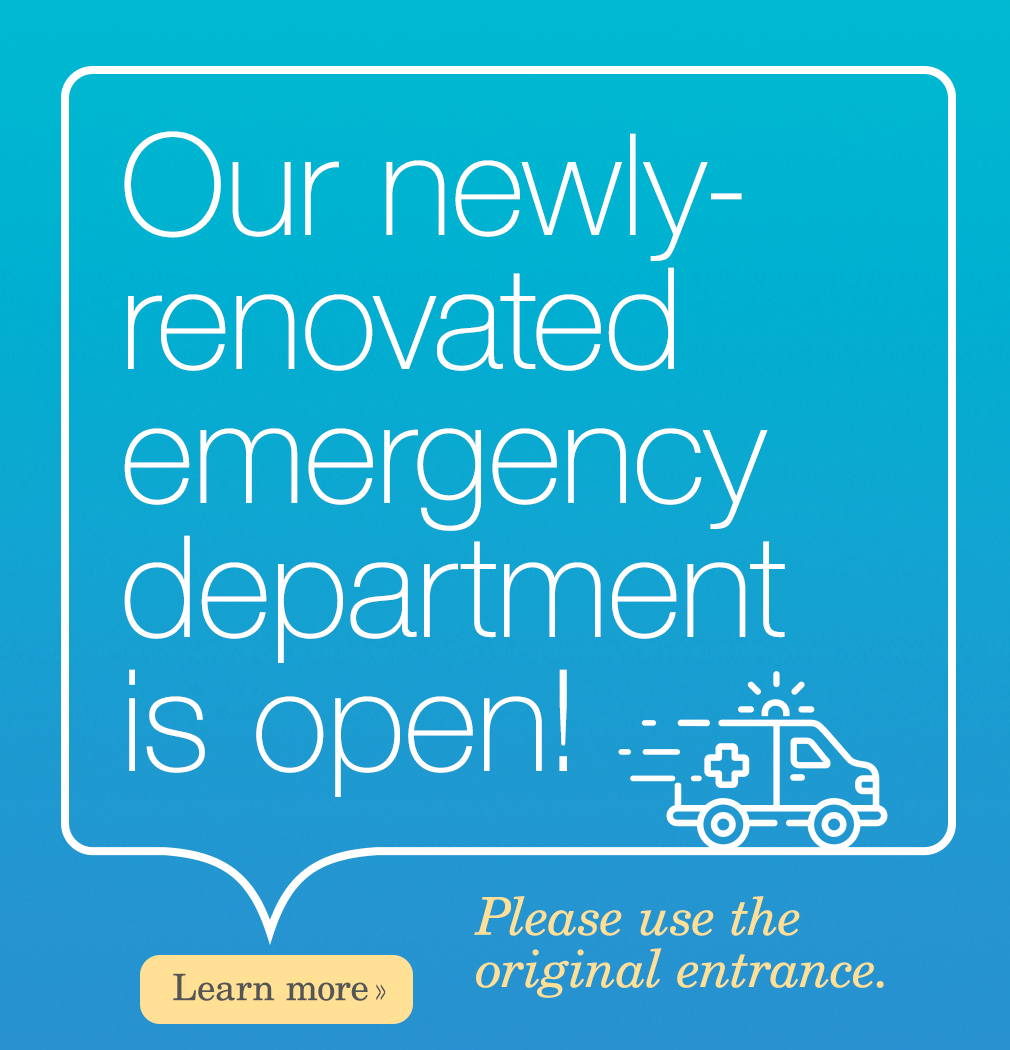

Engaging Local Legislators in Healthcare’s Transformation
The transformation of Vermont’s healthcare system from fee-for-service reimbursement to a capitated, population-health-based system is one of the major efforts at play in the State. It requires aligned priorities for the Governor’s office and the Legislature; the Green Mountain Care Board (GMCB) and Vermont’s not-for-profit hospitals; all the payors (including insurance companies, Medicare, and Medicaid); and employers and individuals. Shifting our collective focus to prevention to bend the cost curve while maintaining the sustainability of providers is crucial to Vermonters’ personal health and Vermont’s fiscal health. I was pleased that nearly all our local legislators were able to join members of the NMC Board, Medical Staff, and Leadership Team for a pre-legislative-session discussion on the progress of this transformation.
Jeff Tieman, the Executive Director of the Vermont Association of Hospitals and Health Systems, opened the discussion by providing a statewide perspective. “Hospitals are challenged right now, as at least half of Vermont’s hospitals are expected to report negative bottom lines.” Despite these financial challenges, Vermont “continues to be number four in the nation when measured on access, quality, and cost” and “the Commonwealth Foundation that measures healthcare systems nationally considers Vermont in the top tier.” That level of excellence should be a strong source of pride for all of us.
NMC’s Chief Financial Officer, Robyn Alvis, and I were able to speak to some of the impact here in our local community. The GMCB data shows that NMC is a leader in the transformation to a population health focus, achieving lower costs and lower utilization through an emphasis on quality, efficiency, and prevention. The challenge is that the reimbursement system changes have not kept pace with the transformation, so we lose revenue and hurt our financial standing by giving up revenues from avoidable Emergency Department visits, surgeries avoided through lifestyle change, etc. These are the right things to do for our patients and our community and yet at this point, with Vermont not yet at the goals for capitation, the payments for many of those preventive services just are not adequate.
While NMC has achieved meaningful expense reductions, hospitals cannot ‘cut their way out’ of these challenges. We must continue to invest in wellbeing and the savings from us being lower cost and lower utilization are not coming back to us to sustain the care and infrastructure. The broad group of stakeholders I mentioned above must come together and align the priorities and incentives within the system. Vermont must reach its 2022 goal of 70% capitation – and that means employers and payors must engage in the transformation effort and take collective action for the state to hit its goals under the All Payer Waiver.
We shared five priorities for the coming session with our legislators. We must ensure that healthcare transformation continues forward, hitting capitation targets, with aligned priorities and incentives. Medicaid funding must be strengthened to improve sustainability. Progress must be made on mental health systems and infrastructure, including the modernization of the NMC ED. Workforce issues must be addressed to strengthen recruitment and retention in Vermont. Finally, the legislature and the regulators must maintain focus on these true priorities.
Vermont is at a really important point in the transformation effort – as we are beginning to see the anticipated benefits of the population health approach and now the reimbursement systems must catch up. Working together, we can make that happen and I am proud of the NMC team for being a leader in this effort and welcome the partnership with our legislative delegation.
— Jill Berry Bowen, NMC’s Chief Executive Officer

